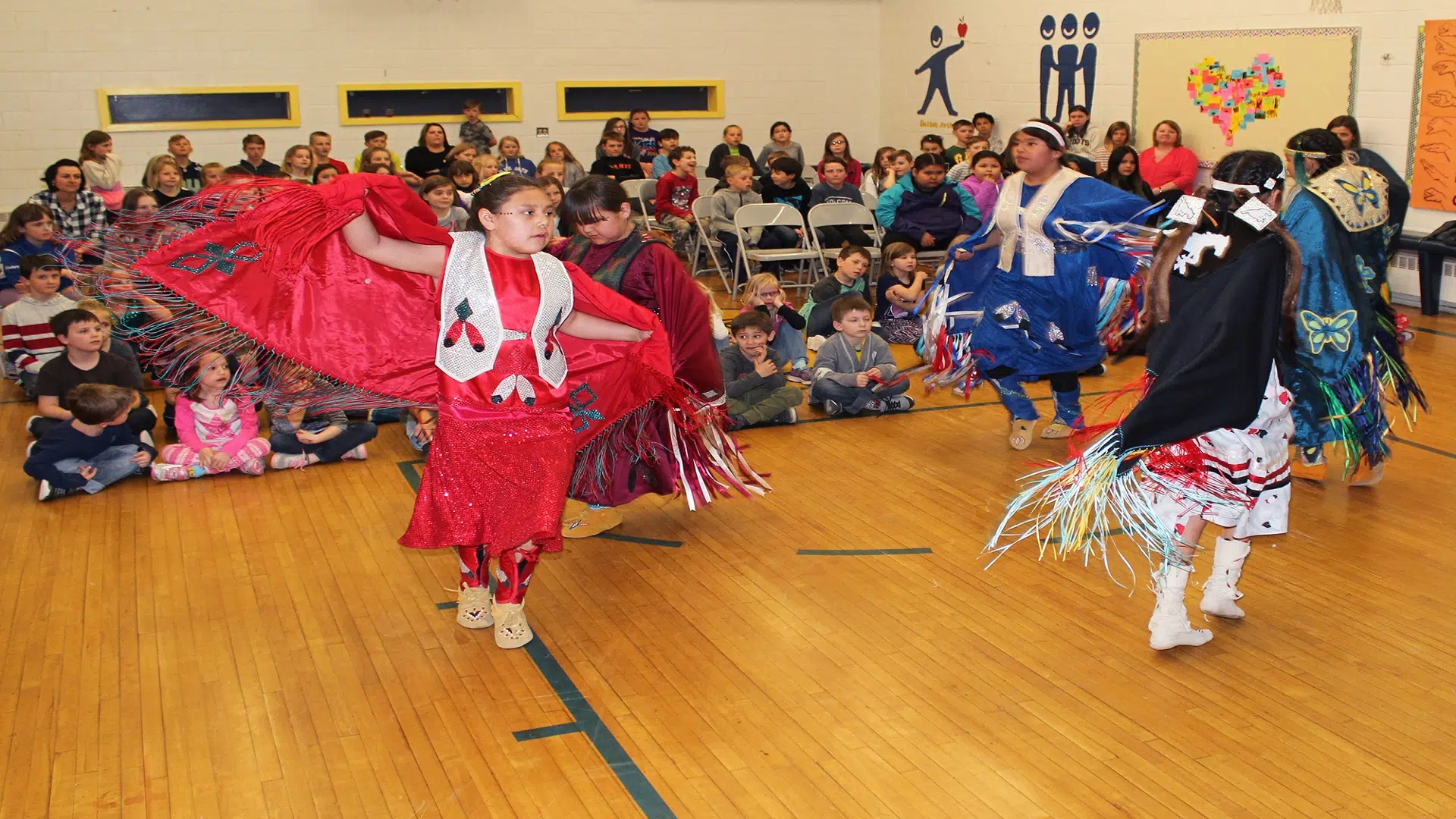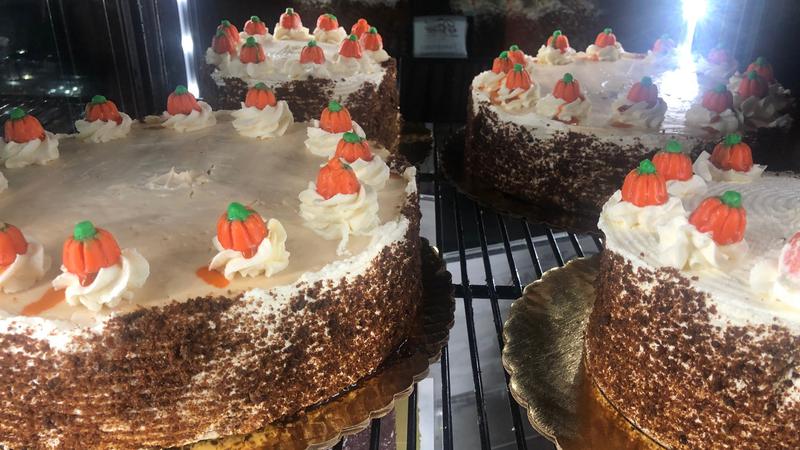
Sunnyside students expand their education with Piikani cultural exchange
LETHBRIDGE – Mark Anderson read aloud a story of a young First Nations student who learned to count to 30 by the number of times her teacher brought the strap down on her outstretched palms. Her sister learned to count to 50.
“Did anyone here learn to count that way?” he asked students from host Sunnyside School, and their guests from his own Napi’s Playground Elementary School on the Piikani Nation.
The two schools have enjoyed a partnership over the years, originating with Anderson’s time as a student teacher in Ken Van Cleave’s classroom at the Palliser school almost a decade ago. He took a job teaching in Brocket and a handful of visits between the two schools would follow.
Past get-togethers have included drum making, cultural scavenger hunts and mini-basketball games. This day-long cultural exchange, however, marked the first time the impact of residential schools on the First Nations community and its culture was included.


